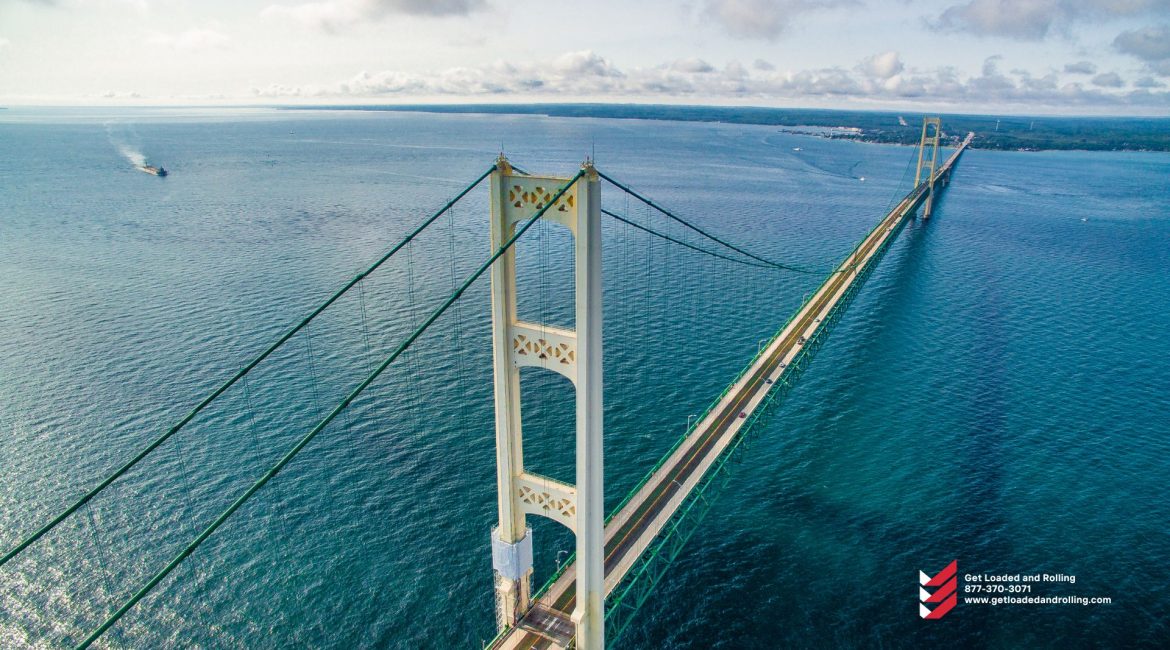The supply chain in the United States is experiencing a “bullwhip impact.” Importers overreacted to last year’s bottleneck and increased consumer demand by bringing in too much cargo too soon, leaving them with surplus inventory. Could a bullwhip effect occur in the opposite direction next year?
According to Rolf Habben Jansen, CEO of ocean carrier Hapag-Lloyd. During an online panel discussion Monday, he discussed this possibility and his thoughts on future rates, capacity levels, and trading patterns.
“There is still a lot of volatility in the market, and everyone appears to be doing the same thing, which is extremely frightening,” Habben Jansen remarked.
“Everyone is constantly overreacting. We lost 20% of our volume in two weeks at the start of COVID because everyone started decreasing their orders. The economy then revived, and everyone began ordering like crazy.
“We witnessed a lot of folks ordering Christmas things [for early delivery] this year.” As a result, a lot of information was presented. Congestion is easing, stockpiles and warehouses are filling up, and everyone slashes orders like crazy. We’ve gone completely off the rails.
“I’m just looking forward to the next phase,” he explained. “I’m very convinced what we’re seeing right now is yet another overreaction.” At this point, people trying to cut everything possible will find that underlying consumer demand is very solid, and they will become concerned that their inventories are a little low, and we may see a bounce-back.”
Post-COVID rates should be higher than pre-COVID rates.
Bringing Christmas cargo to the summer created a void in demand this fall. Spot-rate indexes are still falling, albeit at a slower rate recently, as ocean carriers remove more capacity to balance the market.
Habben Jansen, whose company is the world’s fifth-largest ocean carrier by fleet capacity, believes that post-COVID rates will eventually outperform pre-COVID rates.
“Anything is possible in the short term,” he remarked. “I believe we will see rates above pre-COVID, at that level, and below that level for weeks or days at a time.” What is more important is to consider the long term.
“In the end, whether we like it or not, costs have risen dramatically over the last few years.” Time-charter charges have risen and have been committed to for longer periods. Terminal fees have risen. Bunker [fuel] prices have risen. On average, this leads in a higher unit cost for the industry.
“What we’ve observed in the last decade [before the COVID boom] is that rates tend to hover somewhat over the cost level,” he added. Because future costs will be higher than before COVID, Habben Jansen expects that carrier rates will be “far above pre-pandemic levels” in the long run.
The spot rate in US dollars per FEU. Asia-East Coast blue line Asia-West Coast green line FreightWaves SONAR chart
The CEO of Hapag-Lloyd regards new builds as a plus.
This presupposes that shipping lines do not engage in a price war when a big surge of new buildings enters the water next year.
Habben Jansen didn’t seem concerned about all the new ships. “Of course, the order book is obviously on the high side right now,” he remarked. “However, before 2020, we were underinvesting in this area, and the order book was too small.”
“We’ll see how this goes.” I believe that scrapping [demolition of older ships] will have to increase dramatically. We’ll also have to see if everything can be manufactured and delivered on schedule. The first reports of delays at some of the yards have arrived.”
“We’re not going to have the tightness in a capacity that we had in the last two years,” he continued, “and having a little bit of a buffer is a good thing.”
“What we witnessed in 2020 when demand returned with force was that there was no slack in the system.” That’s why you had so many bottlenecks. If we had 3%, 4%, or 5% slack in the system, we would be able to react quickly if there was a peak and avoid some of the problems we’ve seen in recent years. It would provide us with the resilience we require while also assisting us in regaining the trust of our customers.”
Geopolitics and the role of China
The Hapag-Lloyd panel debate took place at a particularly volatile time in global trade and geopolitics. As the Ukraine-Russia conflict rages on, China-US relations continue to deteriorate. Companies are rethinking their import supply networks and China exposure.
“Sourcing patterns will alter,” Habben Jansen remarked when asked about the ramifications. People will use fewer single-source solutions. Many people are already moving from China [alone] to China-plus-one [alternative source] and China-plus-two. Moving goods to Vietnam, Indonesia, India, Turkey, Egypt, and similar markets.”
He believes that lifting pandemic travel restrictions will help businesses diversify their import sourcing. “You couldn’t travel to view your new sourcing partner or manufacturing plant in 2021.” There is a reluctance to make that judgment solely based on a [Microsoft] Teams meeting.
“There will be more diversification and nearshoring,” he predicts. He did, however, highlight that this will not happen overnight.
“There’s a reason why most of the world’s largest ports are in China, and I don’t think that will change very soon.” These changes in supply chain configurations are gradual. It may take some time before you can truly make it happen. People were talking about de-risking from China ten years ago.”
